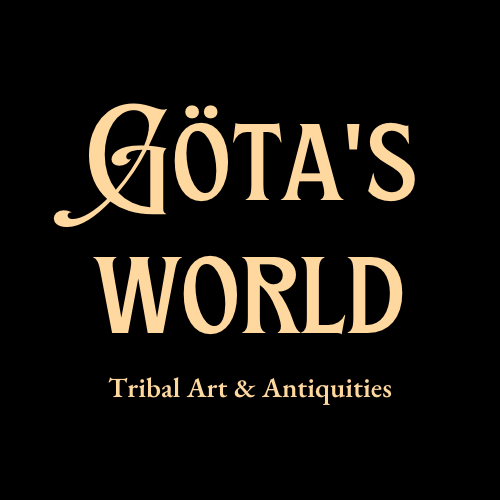Iatmul Woven Cylidrical Food Container Basket
Iatmul Woven Cylidrical Food Container Basket
Couldn't load pickup availability
Iatmul people, late 20th century, Middle Sepik River, East Sepik Province, Papua New Guinea.
Outstanding, sturdy and tightly hand-woven cylidrical basket. The homeland of the Iatmul people is along the middle course of the Sepik river in the Papua New Guinea. Numbering about about eight to ten thousand people, the Iatmul classify themselves into three territorial subgroups, eastern (Woliagui), central (Palimbei), and western (Nyaura). Their social organisation, kinship and religious systems are very complex. In the days before contact with Western man, head-hunting expeditions were quite common in this area of Papua New Guinea. The Iatmul villages, containing 300-1000 people, are built high on the riverbanks. Houses were often built in two rows, parallel to or at a right angle to the course of the river. The life is centered on the river. The Sepik changes with the seasons. During the rainy season that lasts for around five months, the river may rise dramatically and flood the surrounding lowlands.
Traditional religious beliefs of the Iatmul people centered on the spirits of the rivers, forests, and swamps. Ancestor worship is fundamental to the Iatmul; they believe that the spirits of the dead retain some power over those still living. The term "wagen" are used to describe such ancestors. Wagen is seen more threatening and more powerful than most another ancestors, and therefore one who needs to be appeased from time to time. The Iatmul are also aware of the spirits (marsalai) that were never human, mainly evil spirits that are believed to be living in mountains, lakes or bushes. There are also spirits that are belived to live near water (wansimot or wanjimout) and those that live near bushes (winsumbu, winjumbu). Each of the clans usually claims a particular species of flora or fauna as totemic ancestor (ngwail).
Iatmul art is well known for its excellent carvings, which were usually painted in a curvilinear style. Almost all art objects were used in ritual contexts and only through such use did they receive meaning. Also famous are the skulls overmodeled with clay and then painted. Notable features of Iatmul style include frequent use of the human face and relative lack of emphasis on the elaboration of body parts. Human faces occur on carvings in the round, standing figures, masks, and restored human skulls. Facial features vary in shape and size, as do the spatial relations between them. Eyes may be round or elongated, mouths compressed or open. These features occur in countless combinations. The nose are often beaked, overly elongated and touch the chest, navel or genitalia. Human figures are combined very often with the animals and birds, and decorated with the shells, feathers, tusks, and paint.
Lovely hand-woven food storing basket are finely constructed from cane and natural twines. Excellent condition. Age-related minimal wear and signs of use. Size approx. 22,0cm x 25,0cm x 25,0cm.
Provenance: Dutch private collection. According to information, originally from the collections of a closed ethnographic museum & foundation in the Netherlands.
References and further reading:
Iatmul Art as Iconography (New Guinea), Ina R. Dinerman, Anthropos Bd. 76, H. 5./6, 1981, Published by Nomos Verlagsgesellschaft mbH, pp. 807-824.
Surviving Traditional Art of Melanesia, John E. Edgerly, The Journal of the Polynesian Society, Vol. 91, No. 4, December 1982, Published by The Polynesian Society, pp. 543-579.
The mother and her ancestral face. A commentary on Iatmul iconography, Christian Kaufmann, Dossier Hommage à Bernard Juillerat, p. 173-190. (https://doi.org/10.4000/jso.6182.)
The Pairing of Musicians and Instruments in Iatmul Society, Gordon D. Spearritt, Yearbook for Traditional Music, Vol. 14, 1982, Published by Cambridge University Press, pp. 106-125.
Iatmul people, Brigitta Hauser-Schäublin, encyclopedia.com.
Iatmul people, Countries and Their Cultures, everyculture.com.
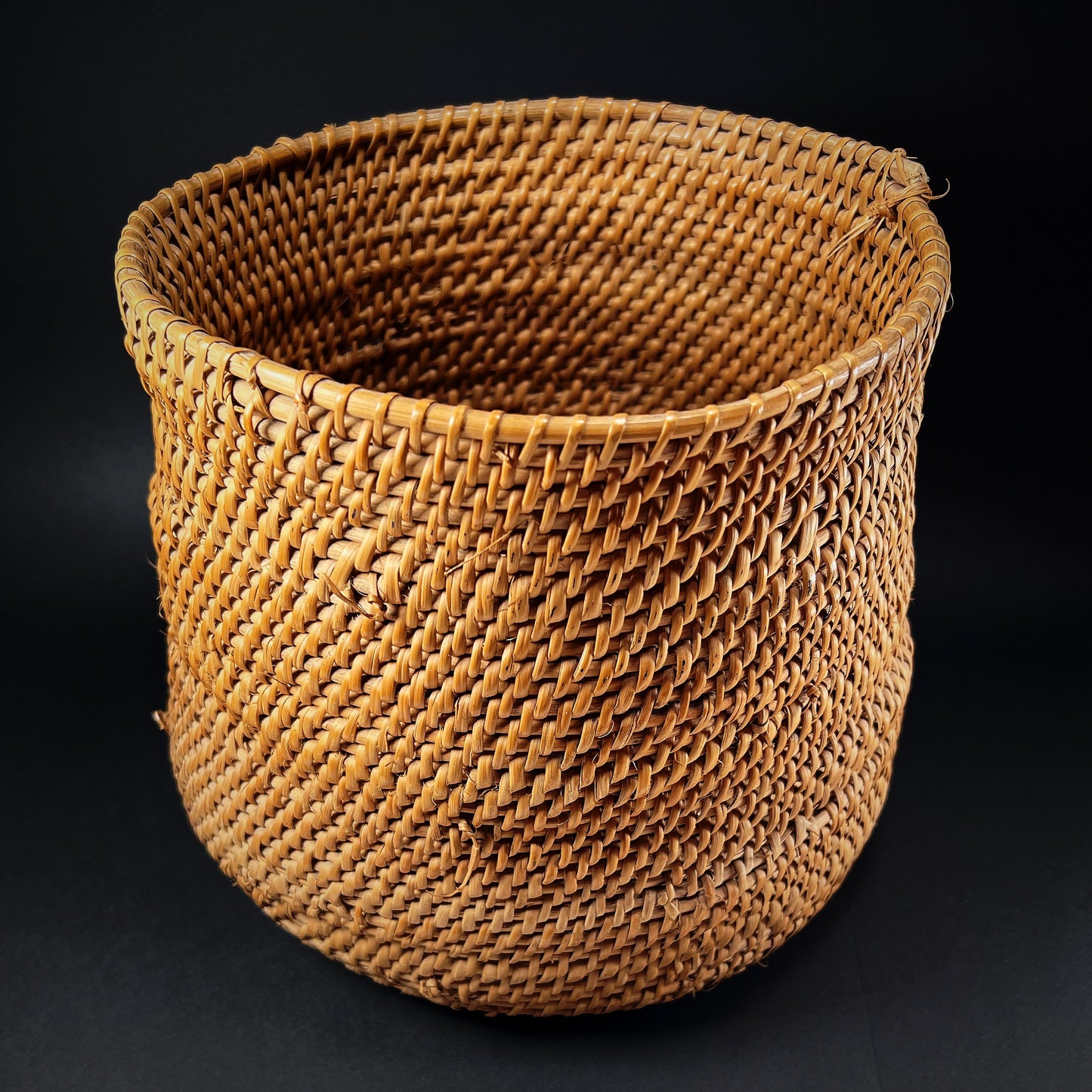
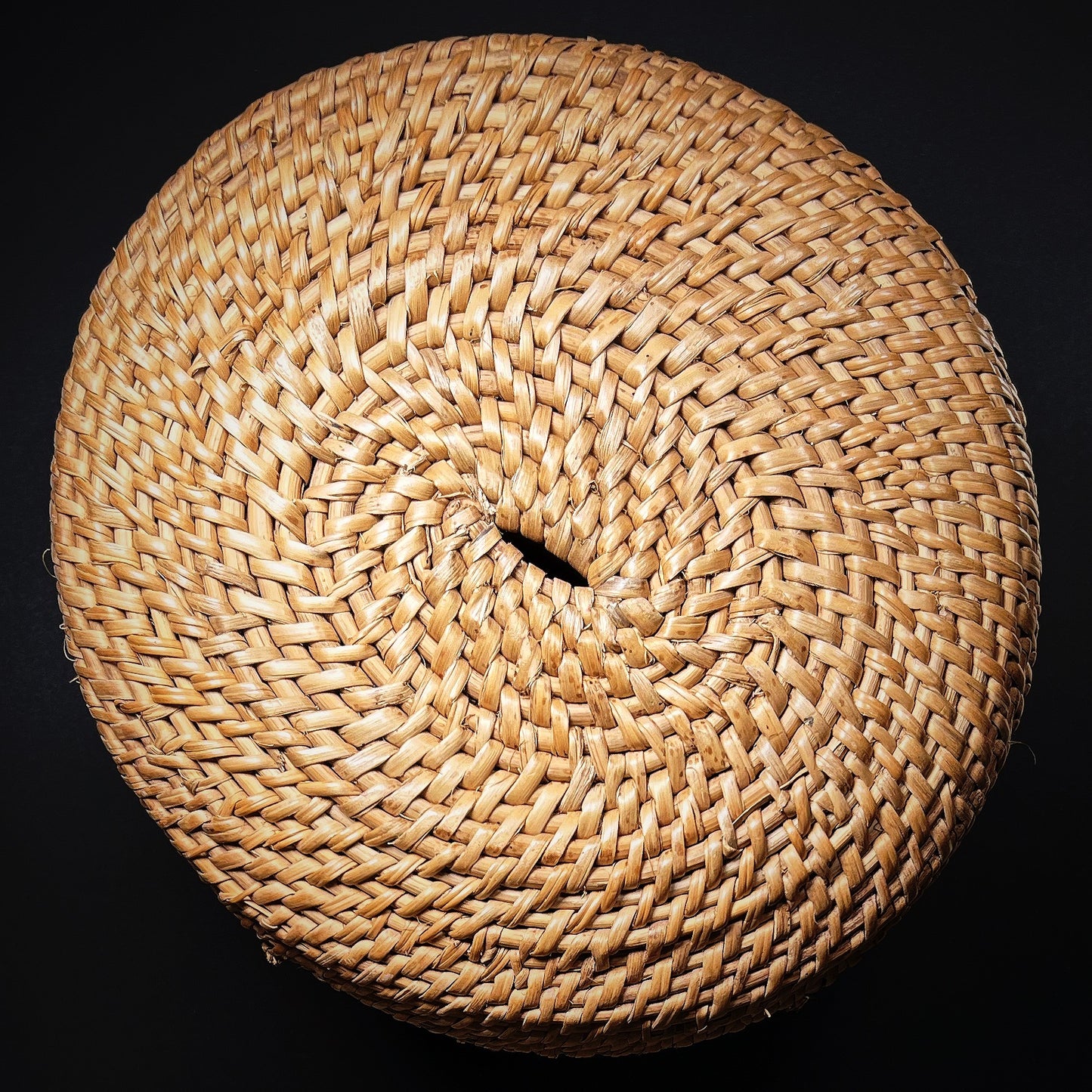
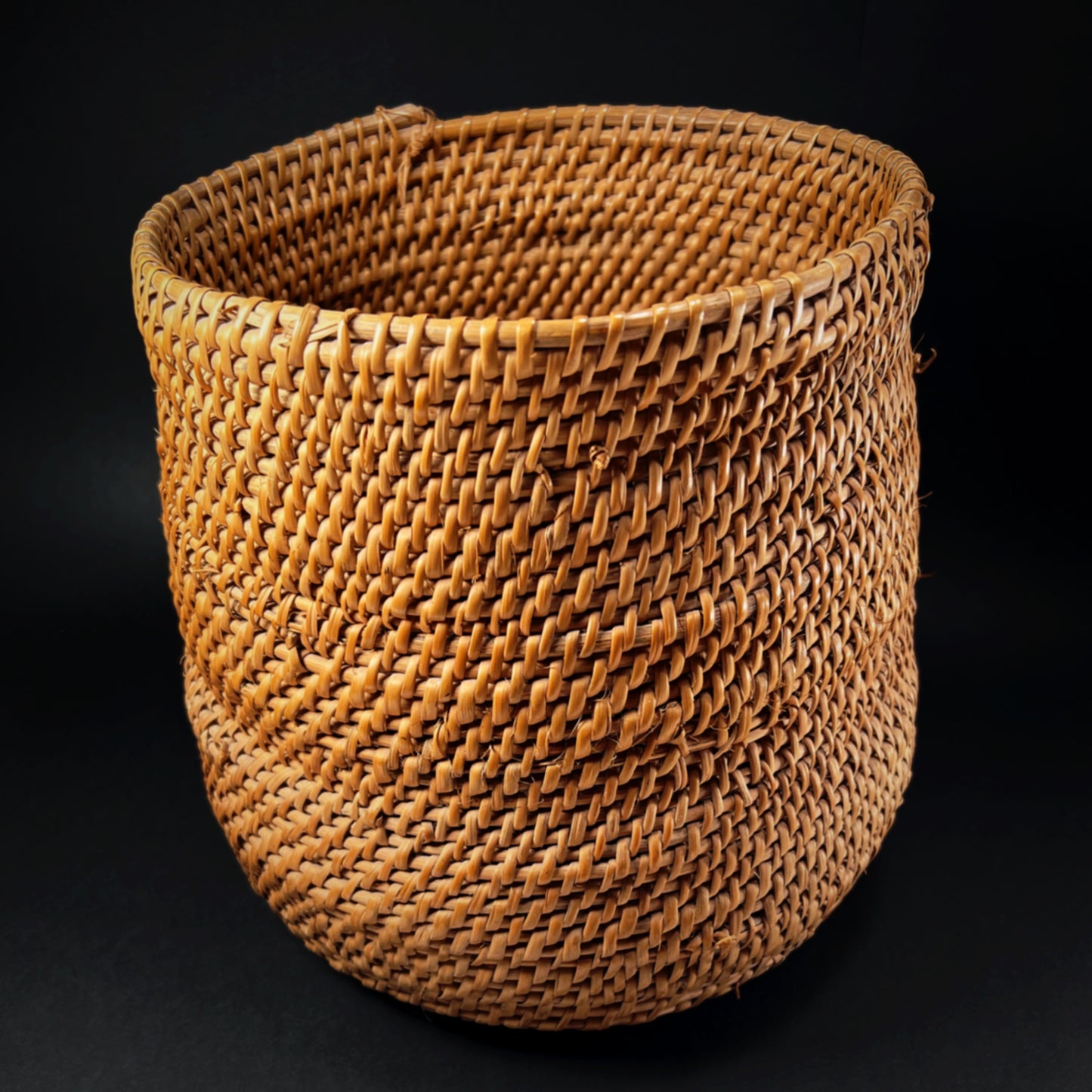
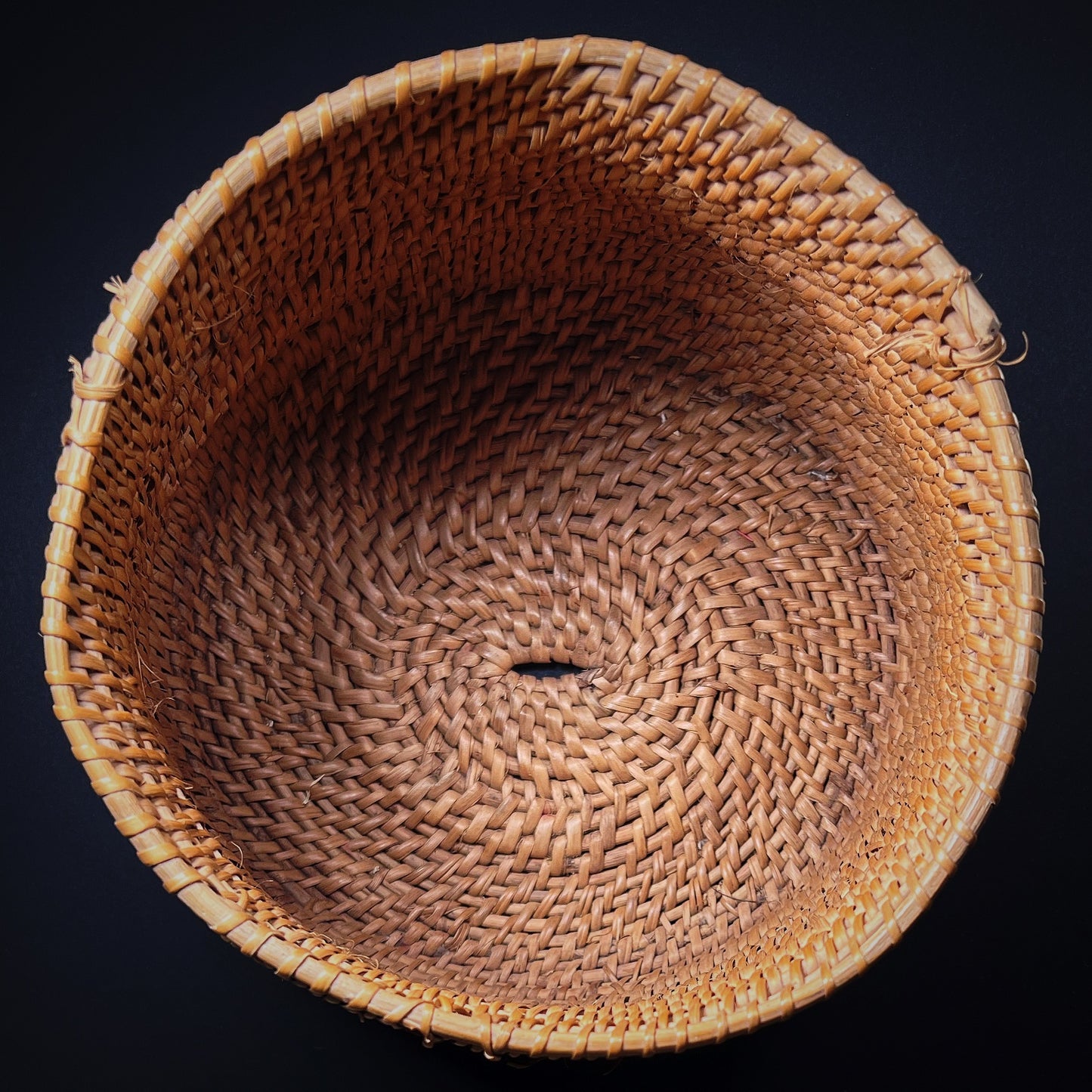
-
Shipping
The shipment will be prepared in the course of 3-5 days and dispatched via Posti Group Oyj or purchased item(s) can be picked up from our shop during the store's opening hours (Tarkk’ampujankatu 4, 00140, Helsinki, Finland). Within the Finland, all items are shipped via Posti Group Oyj unless otherwise requested. We pack the items carefully and mainly in recycled materials because we want to save nature. You will receive the tracking number for your items by e-mail.
-
Returns
Returns and exchange will be accepted within fourteen days (14) of receipt at the purchaser’s cost to include freight and packaging. Items must be returned in the same condition as when they were shipped, and will not be accepted if damaged or altered in any way. Please inform us via email (info@gotanmaailma.fi) or by calling +358408408352 before sending. We do not accept returns more than 14 days after delivery.
